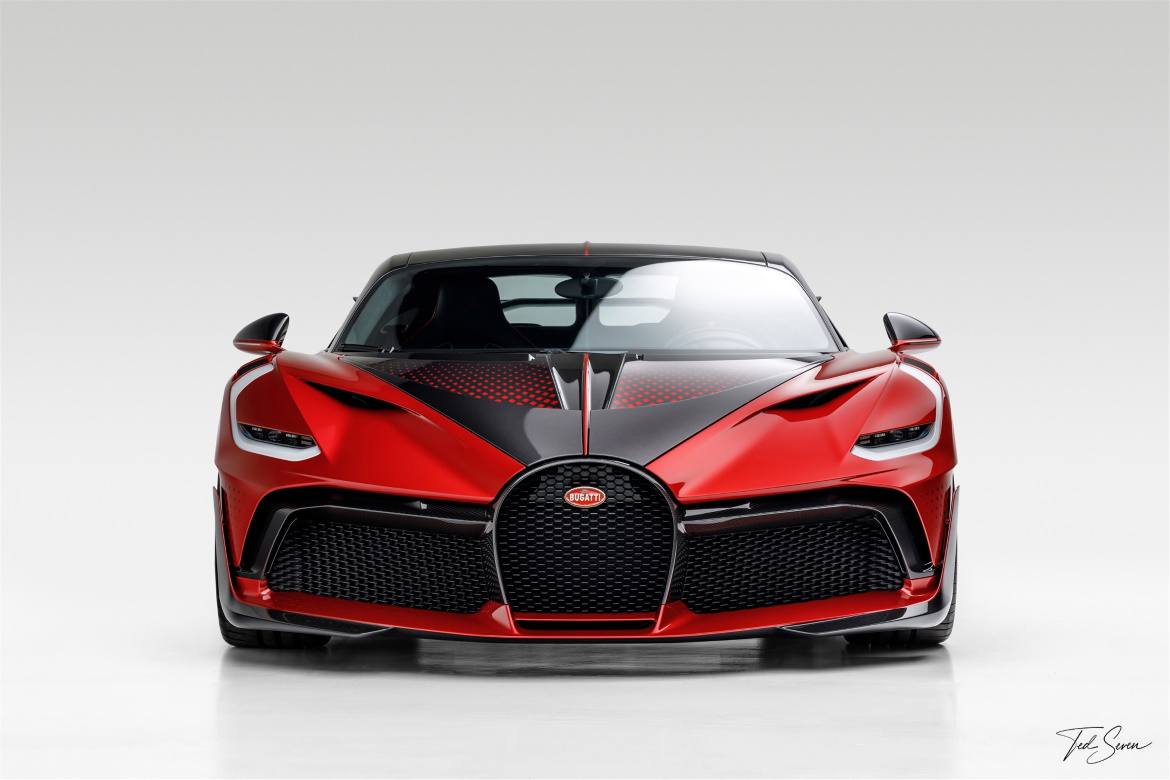If there is a car manufacturer that embodies the concept of exclusivity more than any other, it’s Bugatti. Performance, material, design: every element of the Molsheim cars is the best that you can find in circulation. And yet, there is a very narrow circle of customers for whom a “production” Bugatti is not enough. And so, the French manufacturer has set up a special department where it produces models in a very limited number of units.
“These are truly extraordinary cars”, explains Nils Sajonz, Head of Special Projects in Design, “which are created based on the Chiron but which are modified in every detail to become unique and highly sought-after objects”. As of today, Bugatti has created three of them: the Divo, the Voiture Noir, and the Centodieci. Three cars, three distinct souls.
“In 2018, we created the first of the series, the Divo”, recounts Pierre Rommelfanger, Head of Overall Vehicle Development & One-Off / Few-Off Projects. “It paid homage to the French manufacturer’s sporting tradition. The following year, it was the turn of the Voiture Noire, which takes up, in contrast, the stylistic features of the unforgettable 1936 Type 57 SC Atlantic”. Very elegant, refined, enriched with unprecedented material processing, it is a unique example and is simply the most expensive new car in the world: 11 million Euro. The Centodieci, which is also from two years ago, reinterpreted the EB 110, which marked the brand’s rebirth in 1991.
“In each case”, Sajonz concludes, “the effort of the designers is concentrated on exalting the link with the manufacturer’s heritage, reinterpreting it in a modern key. We are bound by regulatory matters, but everything, from the headlights to the aerodynamic appendages, from the finishing to the colour of the bodywork, is studied to make the cars true works of art”. In fact, in admiring them, it’s hard to disagree. And they’re already dreaming up the next special Bugatti, certain that, as always, it will be faithful to the manufacturer’s motto: “if comparable, it is no longer Bugatti”.















